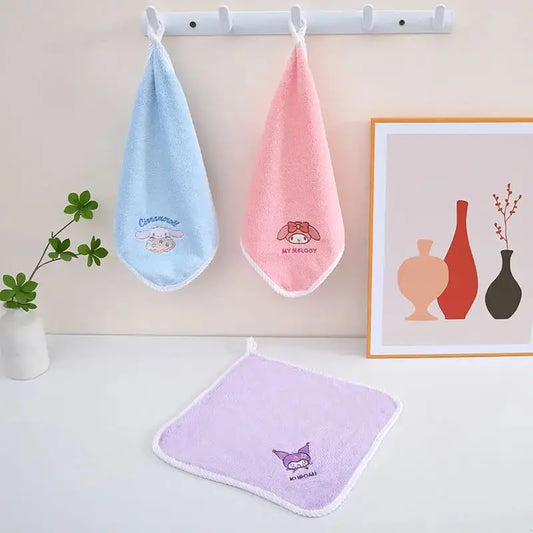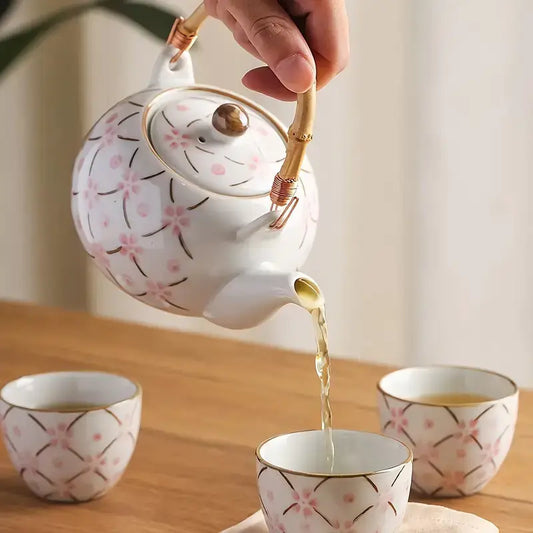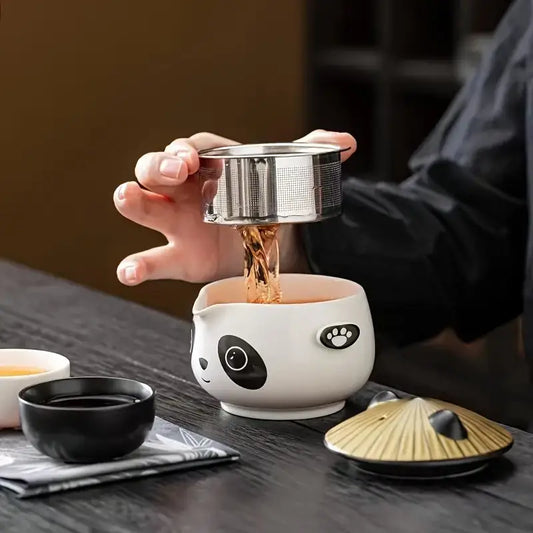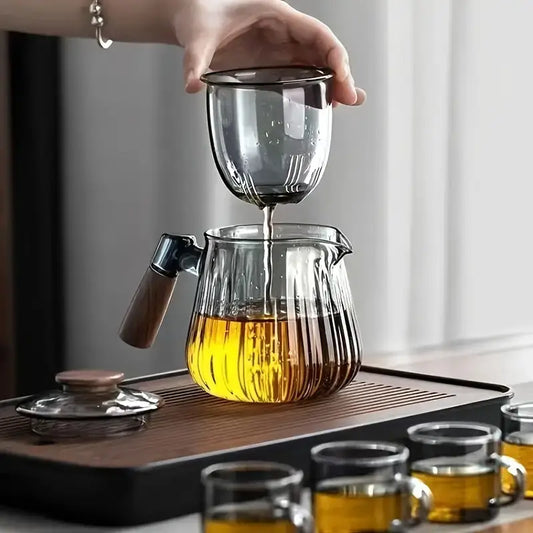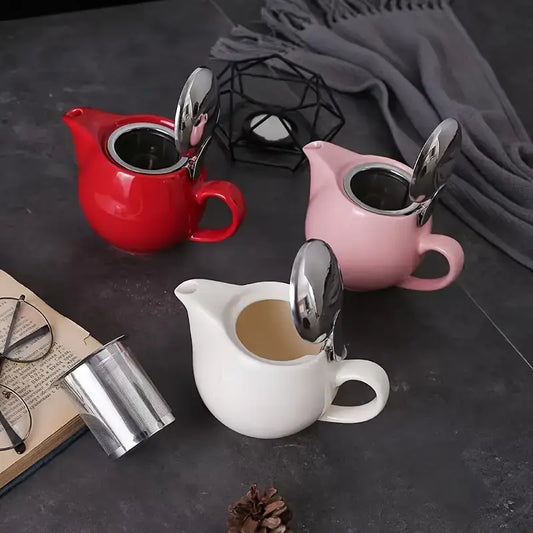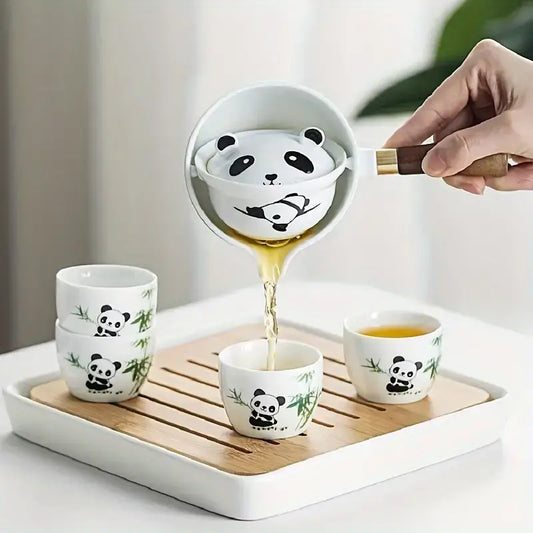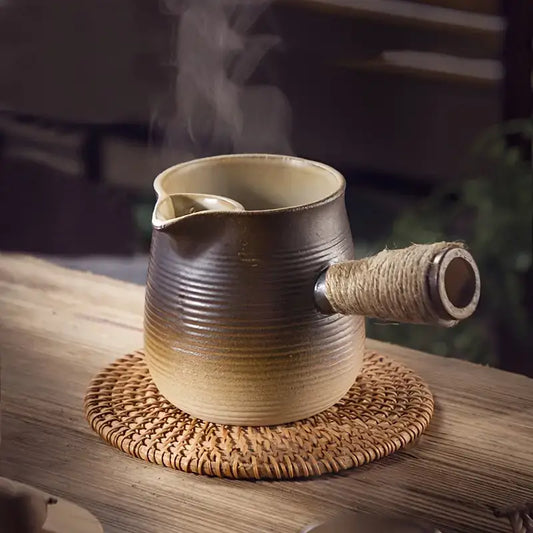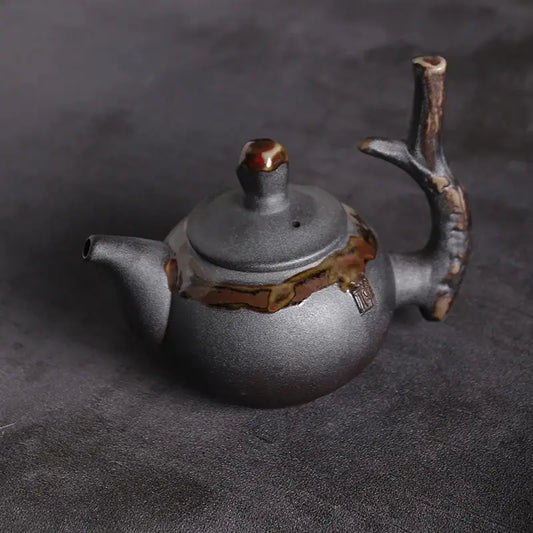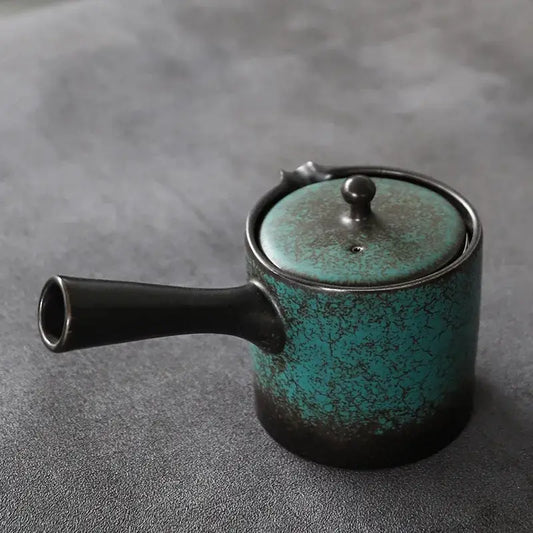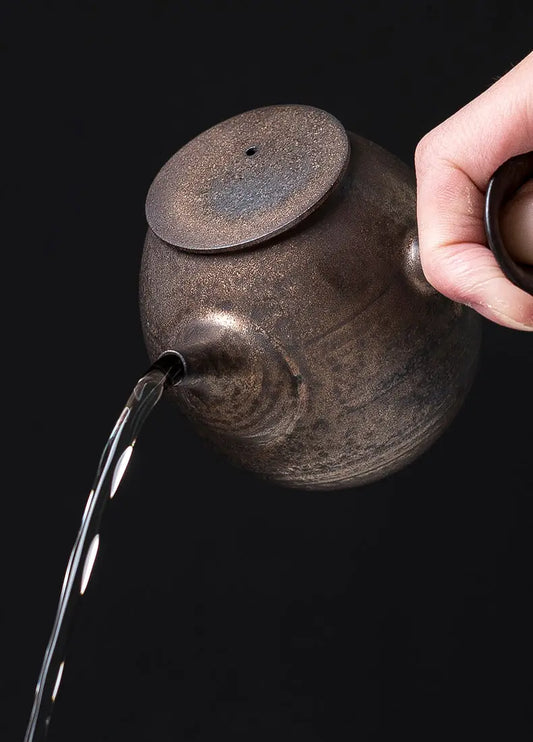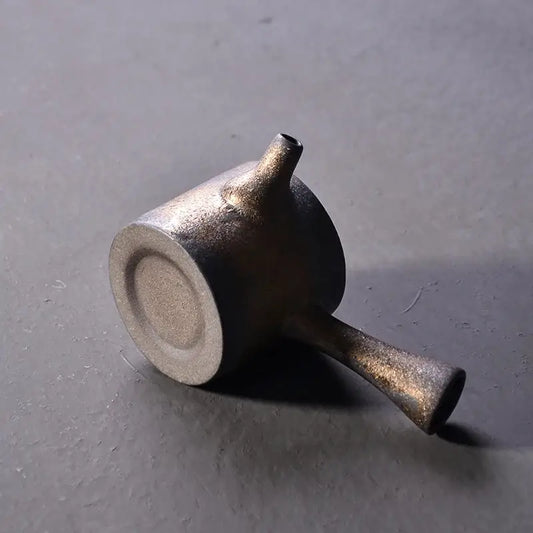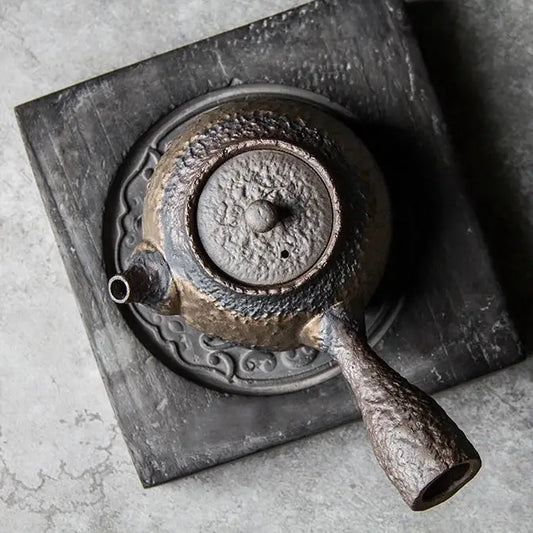Japanese Tea Ceremony
The Japanese tea ceremony (茶道, sadō or chadō, literally "the way of tea" or 茶の湯, chanoyu) is a Japanese tradition steeped in history.
It is a ceremonial way of preparing and drinking green tea, typically on a traditional tatami-floored tea room.
Besides just serving and receiving tea, one of the main purposes of the tea ceremony is for guests to enjoy the hospitality of the host in an atmosphere that is different from the fast pace of everyday life.
Today, tea ceremony is practiced as a hobby, and there are places where tourists can also experience it.
Tea ceremonies with varying degrees of formality and authenticity are offered by many organizations throughout Japan, including some traditional gardens, cultural centers and hotels. Kyoto and Uji are among the best destinations in the country to enjoy Japan's tea culture.
Tea Ceremony Historical Background
Tea was introduced to Japan from China in the 8th century and was drunk as a medicinal beverage mainly by priests and the upper class.
It was not until the Muromachi period (1333-1573) that the drink gained popularity among people of all walks of life.
Tea drinking parties became popular among wealthy members of society, with participants showing off their exquisite tea bowls and flaunting their knowledge of tea.
Around the same time, a more refined version of tea parties evolved with Zen-inspired simplicity and a greater emphasis on spirituality.
It is from these gatherings that the tea ceremony originated. The father of the modern style of tea was Sen no Rikyu (1522-1591), who advocated austere, rustic simplicity.
Most of today's schools of tea ceremony, including Omotesenke and Urasenke, developed from his teachings.
Tea Ceremony Procedure
A full, formal tea ceremony is an event lasting several hours, beginning with a kaiseki course meal, followed by a bowl of thick tea, and ending with a bowl of thin tea.
However, most tea ceremonies today are highly abbreviated events that are limited to the consumption of a bowl of thin tea.
The protocol of a tea ceremony is set down to exact hand movements, which vary slightly among different schools.
In most cases, ordinary tourists are not expected to know the rules in detail, but knowing the following basic points can help make the event a more dignified affair.
1) Dress code
Avoid flashy fashions and fragrances that distract from the tea experience. Wear modest clothing, remove jewelry that may damage tea equipment, and avoid strong perfumes.
2) Garden
The traditional tea ceremony venue is surrounded by a garden, although many modern venues do not have a garden.
The garden is intentionally kept quiet and simple to promote a calm spirit. Flowers with bright colors or intense fragrances are avoided as they are distracting.
Stones of various shapes and sizes form the path leading to the teahouse. A stone lantern is placed near a stone basin near the entrance where visitors wash their hands before entering the teahouse.
3) Tea Room
The ceremony is traditionally held in a tatami room. The entrance for guests is sometimes kept low so that guests entering must bend down, which is meant to symbolize humility.
Decorative elements in the tea room include a niche (tokonoma) where a scroll or seasonal flowers are displayed.
After a bow, the main guest enters the room and takes the seat closest to the niche, followed by the other guests. Ideally, guests sit in a seiza position on the tatami floor.
Once the guests have taken their seats, it is customary to bow once more before looking at the decorations, which have been carefully chosen for the occasion.
4) Preparation of the tea
The host usually prepares the tea in front of the guests. The main equipment includes the tea whisk (chasen), the container for the powdered green tea (natsume), the tea scoop (chashaku), the tea bowl, the container for sweets or the plate, and the kettle and the stove.
Each piece of equipment has been carefully selected according to the circumstances and has its specific place.
5) Enjoy the bowl of tea
Before the tea, a Japanese sweet is served to be eaten before the tea is drunk. The tea bowl is placed in front of you on the tatami mat, with the front facing you.
Pick it up with your right hand and place it on your left palm. Turn it clockwise about 90 degrees with your right hand so that the front is no longer facing you.
Drink the tea in a few sips and place it back on the tatami. Bow and express your gratitude after receiving and drinking the tea.
Towards the end of the ceremony, you have time to examine and appreciate the tea bowl by lifting it.
When you are finished, turn the bowl so that the front is now facing the host.
The host can ask if the guests would like another round of tea. If not, the tea ceremony is over when the host washes the tea utensils and returns the equipment to the place where it was before it began.
What to expect at a Japanese tea ceremony
There are a lot of variables that come into play when it comes to a tea ceremony. The time of day, the season, the number of guests, the school of tea ceremony, the hosts, all play a role. But let's begin to paint a picture of a general tea ceremony experience.
- The guests arrive at the chashitsu or tea house a little before the time of the ceremony. They go into a waiting room and remove their coats or other items. Tatami or straw mats may be provided and a scroll with calligraphy or art may be displayed.
- Next, they wait in the tea house garden. They exchange a silent bow with the host and then wash their mouths and hands with water from a stone basin representing purification. This is also found outside Shinto shrines and Buddhist temples in Japan.
- Guests enter the teahouse and take their seats on tatami mats according to rank or age. The door is closed loudly enough to let the host know it is time to enter the main room.
- Guests enjoy a meal while the charcoal heats up to heat the water.
- Guests then return to the waiting room while the host cleans up, replaces the scroll with a flower arrangement, and prepares for the main part of the tea ceremony.
- A gong signals the guests to return, where the host prepares the thick tea. The host prepares the tea and bows with each guest as they take a sip from the tea bowl. Once the thick tea is ready, another infusion takes place.
- The host exchanges equipment and brings out tea snacks and sweets to cleanse the palate and accompany the thin tea. During the thin tea stage, the tea is served in individual bowls for each guest and more casual conversation can also take place between the guests.
- The guest of honor, the highest ranking or the eldest asks the host about the various tea items and equipment and the guests admire each of them.
- At the end of the tea ceremony, the host collects all the tea utensils and equipment and the guests are allowed to leave the teahouse. For added fun, guests may wear a kimono. In some tea ceremony contexts, especially those offered to foreign guests and tourists, this is not a must, but your tea host will certainly wear one!
The Art of Japanese Tea Ceremony
The Japanese tea ceremony, which originated under the influence of Zen Buddhism, aims to achieve a perfect balance between nature and the human soul.
This is achieved by performing the task of preparing tea in a series of graceful movements that, when performed by a master, are a wonder to watch.
Because chanoyu, the Japanese tea ceremony, is closely associated with an appreciation of art, nature and the environment, it has had a great influence on architecture, horticulture, ceramics and floral arrangements. Japanese table manners also derive from its essential etiquette.
The Japanese tea ceremony, cha no yu, is an integral part of Japanese
history. It dates back to the 16th century and has remained an important part of the culture to this day.
Tea came to Japan through a Zen monk, Eisai Zenji, who studied in China and brought tea seeds back to his homeland in 1191.
The tea ceremony itself took many forms and was adopted by many groups in Japan. To fully understand the tea ceremony, it is important to know its history and Buddhist traditions.
About its history and the Buddhist traditions that underlie it.
The history of Buddhism in Japan can be traced through the development of the various strands of the religion. Zen Buddhism developed in Japan and corresponds to the Chinese strand, Chan Buddhism. Buddhism is a very pragmatic religion.
It does not focus on the origin of human life, nor does it
nor does it deify any being, as many religions do.
It focuses on the individual's journey to enlightenment, and it observes everyday life very closely.
When Buddhism was introduced to Japan, it had to deal with the beliefs and traditions that were already in place.
But because Buddhism focuses on individual enlightenment rather than a deity, it was able to merge and coexist with other traditions.






























